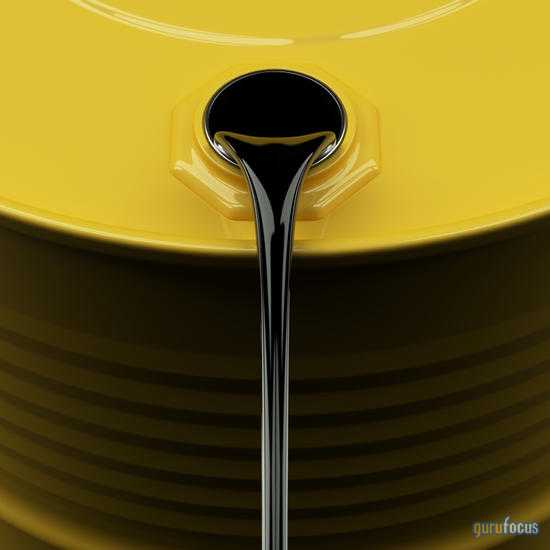This article first appeared on GuruFocus.
The International Energy Agency isn’t mincing words: if the oil and gas industry wants to keep global supply flat through 2050, it’ll need to pour in around $540 billion a yearevery yearjust to stay where it is. That’s not a bullish forecast; it’s maintenance mode. Following a deep dive into over 15,000 oil and gas fields, the IEA says the sector is now running on a treadmill. Output from older wells is shrinking faster than before, especially as more production shifts toward U.S. shale, which declines more steeply than traditional fields. In Fatih Birol’s words, the industry now has to run much faster just to stand still.
The stakes? Without upstream reinvestment, the world would lose the equivalent of Brazil and Norway’s entire oil production annuallyover 5 million barrels a day. That’s roughly 40% more than what would’ve been lost in 2010 under similar conditions, a direct result of higher shale exposure. While a short-term surplus is still expected this year and next, BP sees non-OPEC supply growth flattening from early 2026, leaving a narrow margin for error. For investors, this dynamic could be setting up a bifurcation: any pullback in investment could squeeze future supply, supporting prices even if demand plateaus.
This year’s global spending is projected to reach $570 billiontechnically enough to hold production steadybut the IEA flags a modest dip from 2024 levels. For investors in upstream names like ExxonMobil (NYSE:XOM) or Chevron (NYSE:CVX), the messaging is clear: cash flows may need to stay aggressive. That’s not necessarily a bad thing. If supply growth outside OPEC falters, pricing power could quietly return to the hands of disciplined capital allocators. The IEA’s pivot from climate alarms to production math suggests one thing: the era of easy oil is fading, and whoever controls the decline curve could control the next cycle.
